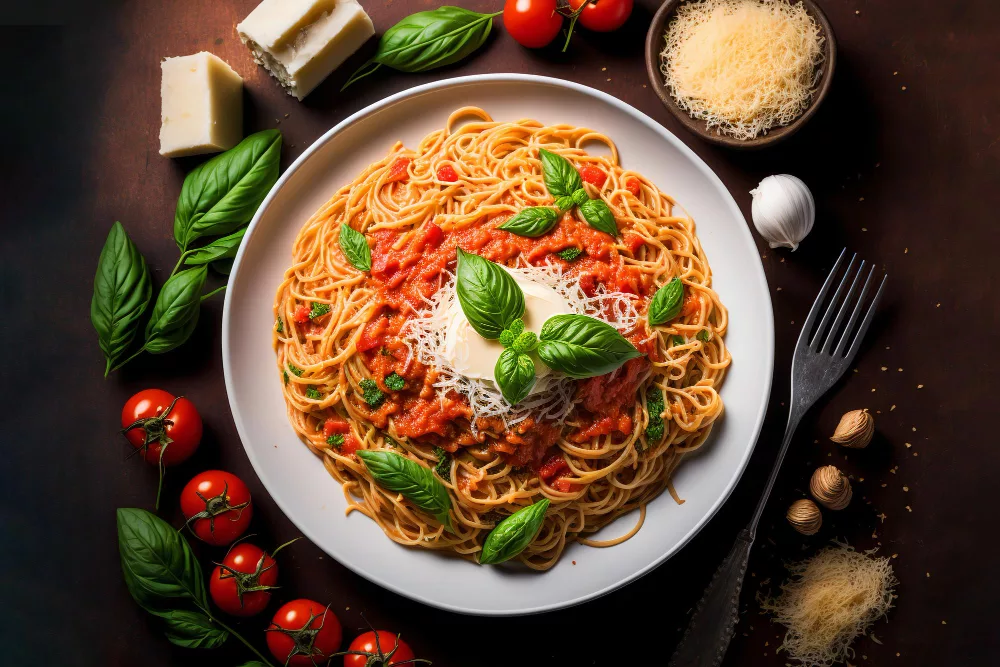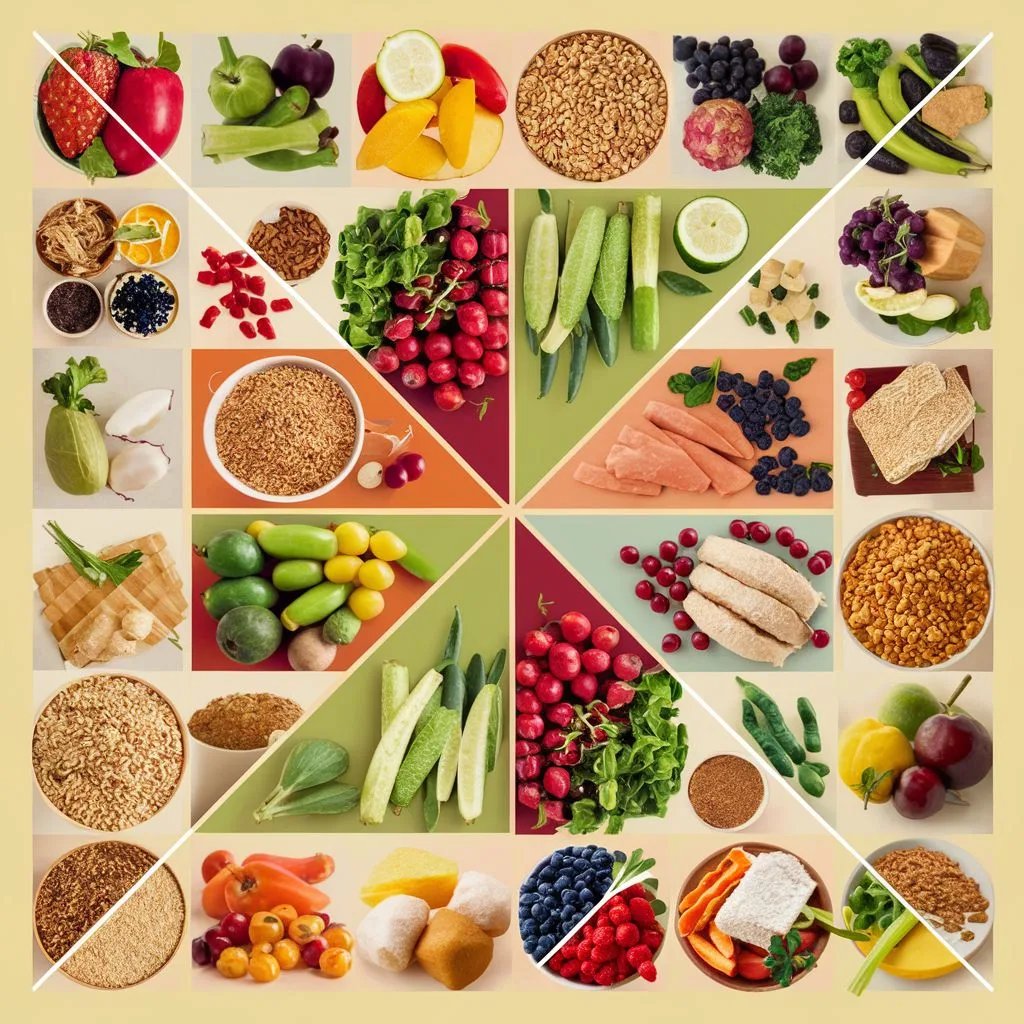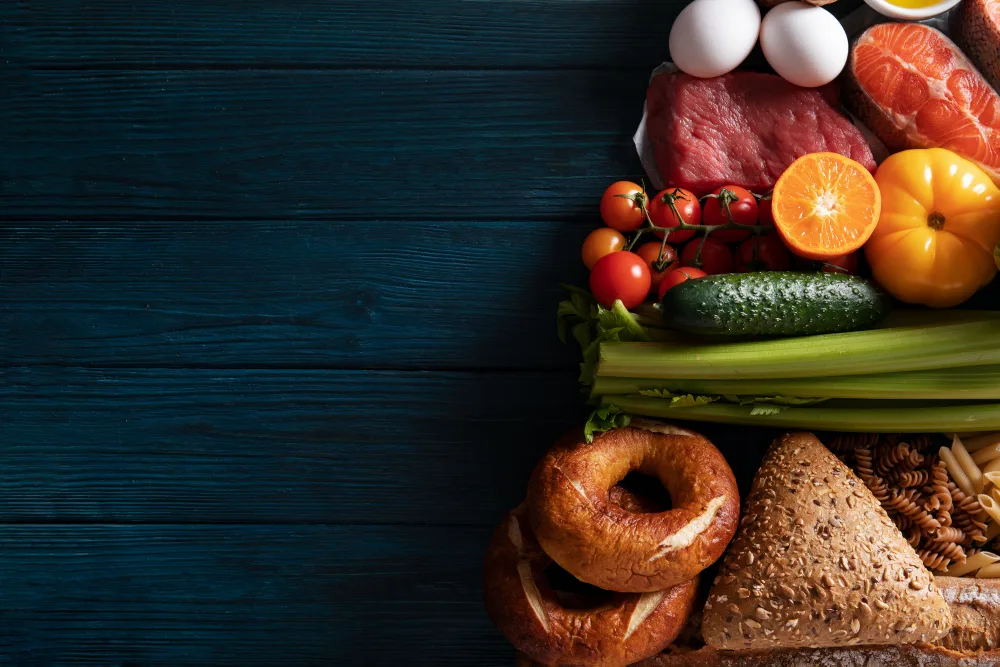protein pasta nutrition Are you a pasta lover who’s also conscious about your protein intake? Well, get ready to have your taste buds and nutritional needs satisfied in one delightful bite. Enter protein pasta – the newest food trend that’s taking over dinner tables and gym bags alike. Packed with all the goodness of regular pasta, protein pasta offers an added nutritional punch that can support muscle growth, boost energy levels, and keep you feeling fuller for longer.
Whether you’re a fitness fanatic or simply looking for a delicious way to up your protein game, this article will serve you a piping-hot plate of knowledge as we dive into the benefits of protein pasta. So grab your forks and get ready to dig in!
What is Protein Pasta?
Protein pasta is a type of pasta that has been fortified with added protein from sources like legumes, eggs, or quinoa. It offers a higher protein content compared to regular pasta, making it a popular choice among those looking to increase their protein intake. The additional protein in protein pasta can promote feelings of satiety, support muscle growth and repair, and aid in weight management.
It can be incorporated into a variety of dishes and is often used as a substitute for regular pasta in recipes like pasta salads or stir-fries.
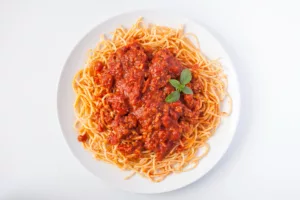
Why has Protein Pasta gained popularity?
Protein pasta has gained popularity due to several factors related to its nutrition profile and consumer preferences:
- Higher protein content: Protein pasta offers a higher protein content compared to traditional pasta, making it an appealing choice for individuals aiming to increase their protein intake.
- Enhanced satiety: The increased protein content in protein pasta can promote feelings of satiety, helping to control appetite and potentially aid in weight management.
- Muscle recovery and growth: Protein is essential for muscle recovery and growth. By incorporating protein pasta into their diet, athletes and fitness enthusiasts can support their exercise regimen and optimize their performance.
- Suitable for dietary needs: Protein pasta is often gluten-free, making it a suitable option for individuals with gluten sensitivities or those following a gluten-free diet.
- Diverse options available: Protein pasta comes in a variety of formulations, such as chickpea, lentil, or quinoa-based, offering options for individuals with different dietary preferences and requirements.
Nutritional Content of Protein Pasta
Protein Content
Protein content in protein pasta varies depending on the brand and type. A typical serving of protein pasta contains around 15-20 grams of protein, which is higher than regular pasta. This can be beneficial for individuals looking to increase their protein intake. However, it’s important to note that protein pasta should not be relied upon as the sole source of protein in a diet.
It can be incorporated into balanced meals with other protein-rich foods like lean meat, fish, tofu, or legumes for a more complete nutritional profile.
Comparison with Traditional Pasta
When comparing protein pasta to traditional pasta, several factors come into play. Protein pasta generally offers higher levels of protein per serving compared to traditional pasta. This can be beneficial for individuals looking to increase their protein intake, such as athletes or those following a high-protein diet.
Additionally, protein pasta may have a lower impact on blood sugar levels due to its higher fiber content. This can benefit people with diabetes or those looking to manage their blood sugar levels. However, it is important to note that protein pasta may have a slightly different texture and taste compared to traditional pasta, which may require some adjustment for those accustomed to the traditional version.
Fiber Content
Fiber content is an important factor to consider when evaluating protein pasta nutrition. High fiber content can promote better digestion and improve overall gut health. It may also help to promote feelings of fullness and reduce cravings, making it easier to maintain a healthy weight. Fiber can be found in various plant-based ingredients used to make protein pasta, such as whole grains, legumes, and vegetables.
Including protein pasta with a high fiber content in your diet can contribute to a well-rounded and nutritious meal.
Essential Amino Acids
Essential amino acids are the building blocks of protein, necessary for various functions in the body, including muscle growth and repair. Protein pasta can be a good source of essential amino acids, making it a valuable addition to a balanced diet.
For example, pasta made from legumes contains all nine essential amino acids, similar to animal-based protein sources. By incorporating protein pasta into meals, individuals can ensure they are getting a complete amino acid profile. Meeting the body’s needs for essential amino acids is essential for maintaining overall health and supporting physical activity.

Health Benefits of Protein Pasta Nutrition
Weight Management
Weight management is a concern for many people, and protein pasta can be a helpful addition to a balanced diet. Protein-rich foods, like protein pasta, can increase feelings of fullness and help control appetite, making it easier to manage calorie intake.
Additionally, protein takes longer to digest than carbohydrates, which means it can help sustain feelings of fullness for longer periods. Choosing protein pasta as part of a meal, alongside vegetables and lean proteins, can be a satisfying and nutritious option for those looking to manage their weight.
Muscle Building and Recovery
- Protein pasta, with its high protein content, can support muscle building and recovery.
- Protein is essential for repairing and building muscle tissue after intense workouts.
- Consuming protein pasta as part of a well-rounded diet can help meet daily protein requirements for muscle growth.
- Pairing protein pasta with vegetables and other nutrient-dense foods can provide a balanced meal for optimal muscle recovery.
- Including protein pasta as a post-workout meal or snack can aid in replenishing energy stores and promoting muscle repair.
Blood Sugar Regulation
Blood sugar regulation is an important aspect of protein pasta nutrition. Protein slows down the digestion and absorption of carbohydrates, which helps in preventing blood sugar spikes. This is beneficial for individuals with diabetes or those trying to manage their blood sugar levels.
For example, eating a meal of protein pasta with vegetables and lean protein can prevent rapid increases in blood sugar levels compared to a meal of regular pasta alone.
To regulate blood sugar levels effectively, it is recommended to pair protein pasta with fiber-rich vegetables, healthy fats, and lean proteins. This balanced combination helps in maintaining steady blood sugar levels throughout the day.
Satiety and Hunger Control
Satiety and hunger control are important factors in maintaining a healthy diet. Protein pasta can be a helpful tool in achieving and sustaining satiety. Protein is known to increase satiety and reduce hunger levels by promoting the release of appetite-reducing hormones. By incorporating protein pasta into your meals, you can experience prolonged feelings of fullness and reduced snacking between meals.
Additionally, the combination of protein and fiber found in protein pasta can further enhance satiety. Including protein pasta as part of a balanced diet can help you manage your hunger and support your weight management goals.
Improved Digestion
Protein pasta can contribute to improved digestion by:
- It provides a good source of dietary fiber, which helps maintain bowel regularity and prevents constipation.
- Replacing refined carbohydrates with protein-rich alternatives, can reduce bloating and promote a healthy gut environment.
- Offering a balanced mix of macronutrients, including proteins and healthy fats, which can support proper digestion and nutrient absorption.
- Supporting the growth of beneficial gut bacteria due to its high fiber content, which can enhance overall digestive health.
- They are easily digested and absorbed by the body, reducing the likelihood of digestive discomfort.
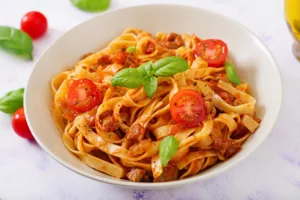
Protein Pasta and Dietary Restrictions
Gluten-Free Options
- For those with gluten intolerance or celiac disease, protein pasta can provide a nutritionally balanced alternative.
- Made from legume or grain flour, these gluten-free options offer a good amount of protein.
- Legume-based protein pasta is rich in fiber and typically higher in protein content compared to grain-based alternatives.
- Some popular gluten-free options include chickpea pasta, lentil pasta, or quinoa pasta.
- These alternatives offer the opportunity to enjoy pasta dishes without sacrificing protein intake or triggering digestive issues.
Vegan and Plant-Based Choices
Vegan and plant-based choices are great options for those seeking protein in their pasta. Legumes like chickpeas, lentils, and edamame can provide a substantial protein boost.
Additionally, whole grains like quinoa and buckwheat also offer a decent amount of protein. Incorporating vegetables like spinach or broccoli into your pasta dish can further enhance its nutritional value. Experimenting with different combinations of plant-based ingredients can ensure a well-rounded dish that satisfies your protein needs.
Low-Carb and Keto-Friendly Varieties
Low-carb and keto-friendly varieties of protein pasta are great options for individuals following a low-carb or ketogenic diet. These types of pasta typically contain fewer carbohydrates and higher amounts of protein compared to traditional pasta. By choosing low-carb and keto-friendly options, individuals can still enjoy their favorite pasta dishes while staying within their macronutrient goals.
Some examples of low-carb and keto-friendly protein pasta include those made from ingredients like almond flour, chickpea flour, or black beans. These varieties offer a satisfying and nutritious alternative to carb-heavy pasta options, making it easier to stick to a low-carb or keto lifestyle.
How to Incorporate Protein Pasta into Your Diet
Recipe Ideas and Cooking Tips
Here are some recipe ideas and cooking tips to make the most of protein pasta nutrition.
- Opt for a simple tomato sauce and add cooked lean ground turkey for a protein-packed meal.
- Use protein pasta in stir-fries instead of regular noodles to increase the protein content.
- Make a refreshing pasta salad by tossing cooked protein pasta with a variety of colorful vegetables and grilled chicken or shrimp.
- For a quick and easy meal, mix protein pasta with sautéed garlic, olive oil, and fresh herbs.
- Try adding some cooked protein pasta to a vegetable soup to boost its protein content.
Meal Planning for Optimal Nutrition
Meal planning for optimal nutrition involves considering the protein content of your meals. Protein is important for muscle repair and growth, as well as overall health. One way to increase your protein intake is by incorporating protein pasta into your meal plan. Protein pasta is a good alternative to traditional pasta as it contains more protein and fewer carbs.
For example, you can replace regular spaghetti with protein pasta in a spaghetti bolognese dish. By making small swaps like this, you can ensure that you are getting the necessary nutrients while still enjoying your favorite meals.
Wrapping up
Protein pasta offers numerous benefits for health-conscious individuals. It is a great alternative to traditional wheat pasta, especially for those following a high-protein diet or looking to increase protein intake. Protein pasta is typically made from plant-based sources like legumes or pulses, making it suitable for vegans and vegetarians. It contains higher amounts of fiber, vitamins, and minerals compared to regular pasta, aiding digestion and promoting overall well-being.
Additionally, protein pasta helps regulate blood sugar levels and may contribute to weight management due to its satiating effects. Incorporating this nutritional powerhouse into meals can be an excellent way to boost protein consumption and reap its many benefits.
